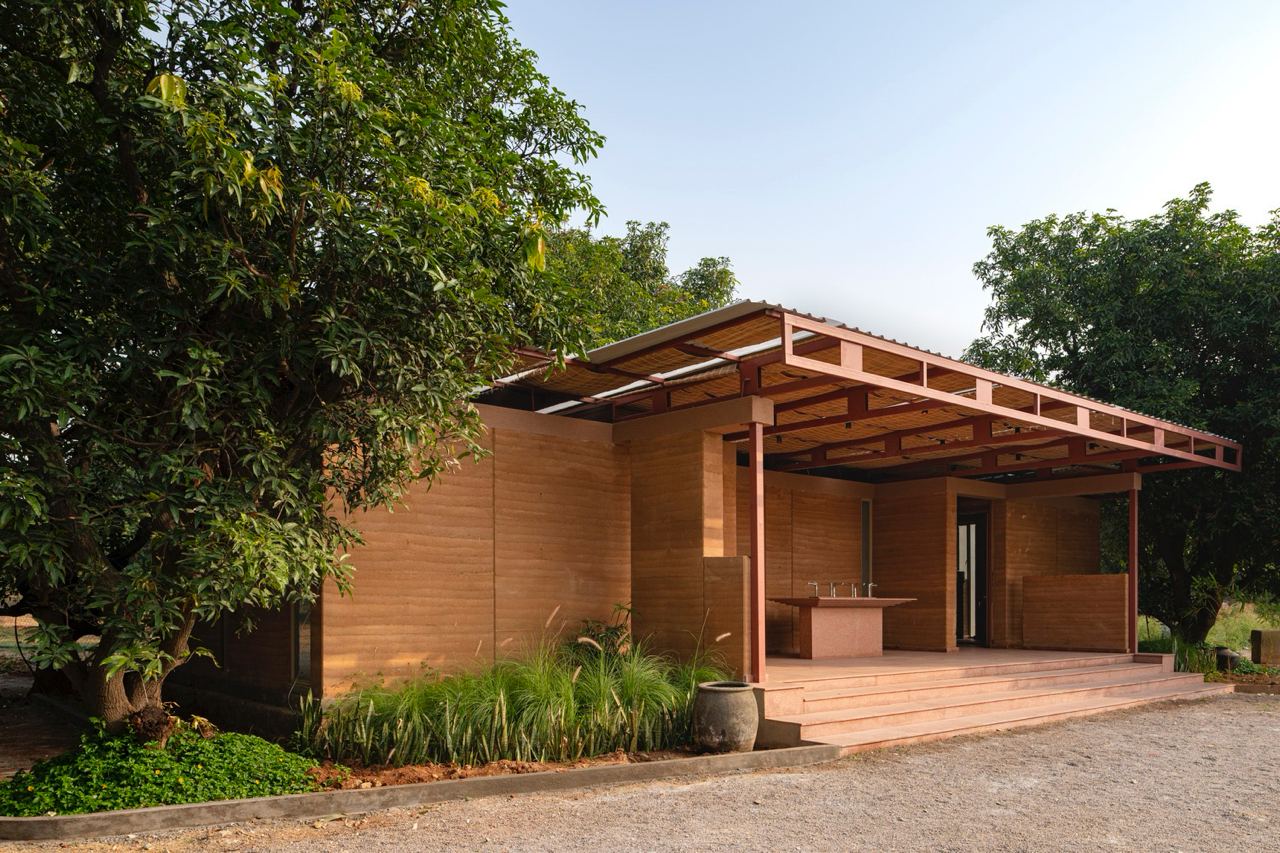Across India, the conversation around public sanitation continues to evolve — not only as a matter of health, but as one of human dignity. The Aina Community Restroom, designed by NaaV Studio in 2024, reflects a thoughtful intersection between architecture, community service, and environmental awareness. Covering an area of 1100 square feet, this project redefines what it means for public facilities to be both functional and beautiful.
Located within a densely populated urban district, Aina is more than a restroom facility — it is a symbol of equity and inclusion. NaaV Studio approached the project with a mission to transform sanitation infrastructure into uplifting public spaces. The name Aina, meaning mirror in several Indian languages, captures the spirit of reflection and collective identity embedded in the design.




INDIA
Area: 1100 ft²
Year: 2024
The structure incorporates local materials and innovative wastewater management to reduce environmental impact. Natural lighting, open-air ventilation, and rainwater harvesting systems work together to create a facility that is sustainable, safe, and visually engaging. Each design element is guided by empathy for users — especially women, children, and the elderly — ensuring accessibility, privacy, and comfort.
Beyond architecture, Aina serves as a communal hub where hygiene education and social interaction converge. The fusion of artistry and civic design promotes a sense of pride and ownership among residents, inspiring similar projects in other developing regions across Asia and Africa.
By prioritizing both aesthetics and functionality, NaaV Studio demonstrates how infrastructure can catalyze societal change. The Aina Community Restroom reminds the world that dignity begins with design — and clean spaces can shape stronger, healthier communities everywhere. In a related project of similar scale (1200 sq.ft.) in Bangalore in 2024 reportedly cost approximately 12 Lakhs INR (approx $15,000 – $16,000 USD). The Aina Community Restroom, sized 1100 sq.ft., uses rammed earth, local materials, and labor to keep costs sustainable and minimal, focusing on environmental and social impact rather than high expenditure. Given the scale and local material usage, the construction cost is likely in a comparable range.

Leave a Reply